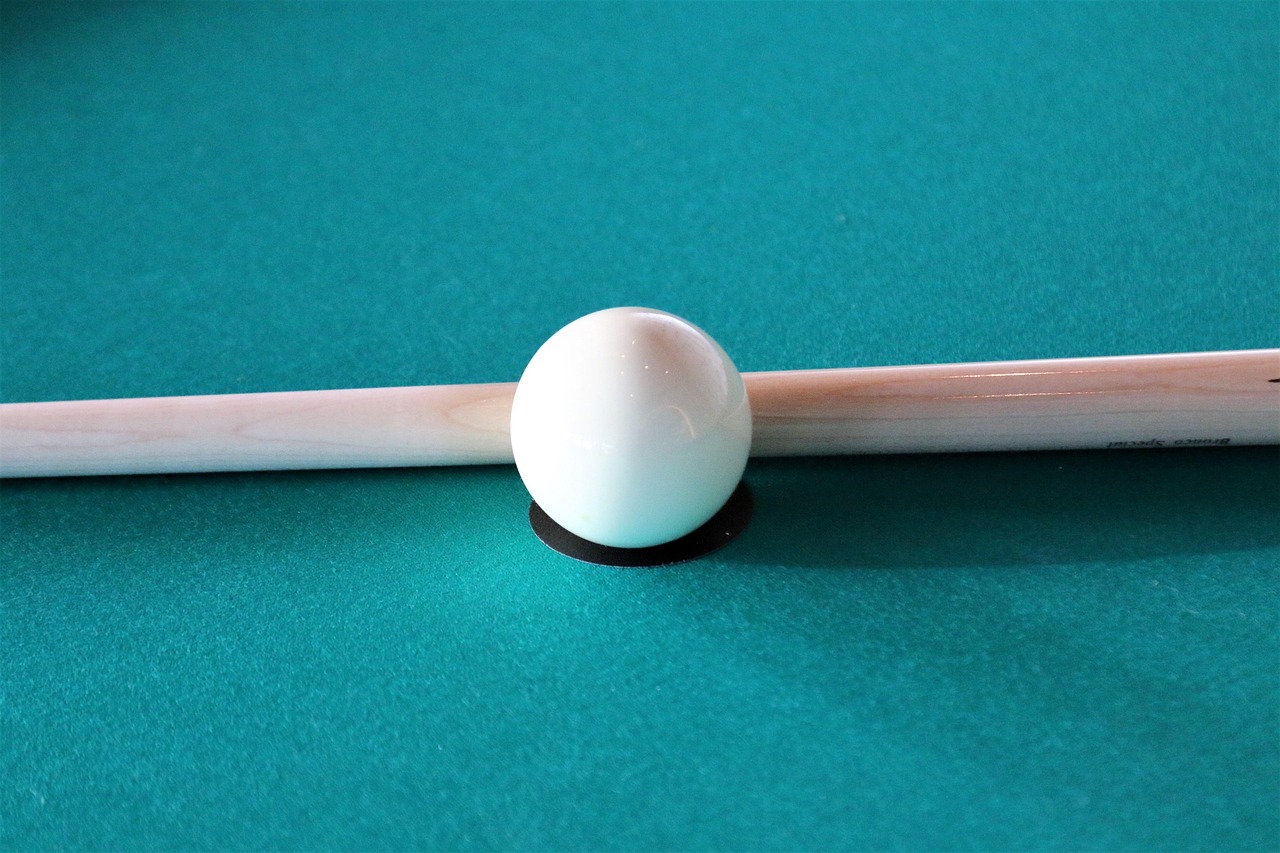Healthy Douglas Fir trees can be identified by their vibrant green needles, firm branches, and a straight trunk. The bark should be intact and feature deep grooves. Additionally, the presence of a full canopy with no signs of dieback indicates good health.
The Douglas Fir, scientifically known as Pseudotsuga menziesii, is one of the most popular tree species in North America. It is widely appreciated not only for its aesthetic appeal but also for its ecological value. These trees are commonly found in forests and are known for their tall stature and straight growth. Understanding how to identify a healthy Douglas Fir is essential for both forestry practices and conservation efforts.
Visual cues play a crucial role in assessing the health of Douglas Fir trees. By observing various characteristics, one can determine whether a tree is thriving or suffering from stress or disease. This knowledge is particularly important for landowners, gardeners, and forestry professionals who aim to maintain healthy ecosystems.
Here are some key visual indicators to look for when assessing the health of a Douglas Fir:
- Needle Color: Healthy Douglas Fir trees feature dark green needles. A yellowing or browning of the needles can indicate nutrient deficiencies or disease.
- Needle Density: A full canopy with dense needle coverage suggests the tree is healthy. Sparse areas may signal stress or environmental issues.
- Branch Structure: Firm and flexible branches that are well-distributed along the trunk indicate overall health. Broken or dead branches should raise concern.
- Bark Condition: The bark of a healthy Douglas Fir is typically thick and deeply grooved. Cracks, flaking, or missing patches may suggest insect infestations or disease.
- Trunk Straightness: A straight trunk is often a sign of healthy growth. Leaning or crooked trunks might indicate structural problems or environmental stressors.
Understanding the Importance of Visual Cues

Identifying visual cues is not just about maintaining the aesthetics of a tree; it plays a vital role in forest management and conservation strategies. For instance, recognizing unhealthy trees allows for timely intervention, which can prevent potential spread of diseases to neighboring healthy trees. Furthermore, understanding these visual indicators contributes to sustainable forestry practices by ensuring that only healthy specimens are harvested.
Moreover, healthy Douglas Fir trees provide numerous benefits to the environment. They offer habitat for wildlife, contribute to carbon sequestration, and support local ecosystems. Therefore, monitoring their health is essential for maintaining biodiversity in forested areas.
In addition to visual assessments, it is also beneficial to understand the common diseases and pests that affect Douglas Fir trees. Below is a table summarizing some of these threats along with their symptoms:
| Disease/Pest | Symptoms |
|---|---|
| Douglas Fir Beetle | Browning needles, pitch tubes on the bark, and dieback of branches. |
| Root Rot | Sparse foliage, wilting needles, and a general decline in tree vigor. |
| Swiss Needle Cast | Needle discoloration and premature needle drop, leading to thinning canopies. |
By being aware of these visual cues and potential threats, individuals can take proactive steps to ensure their Douglas Fir trees remain healthy and resilient. This knowledge empowers tree owners and forestry professionals to make informed decisions regarding tree care and management.
Growth Patterns and Seasonal Changes
Understanding the growth patterns and seasonal changes of Douglas Fir trees is essential for identifying their health. These trees exhibit distinct growth phases throughout the year. Observing how they respond to seasonal shifts can provide insights into their overall condition.
Spring Growth
In spring, healthy Douglas Firs demonstrate vigorous growth. New shoots emerge, and the needles begin to unfurl. The vibrant green color of the new growth is a strong indicator of health. During this period, look for:
- New Growth: Fresh, light-green shoots at the ends of branches.
- Needle Development: Needles should appear plump and healthy, without discoloration.
- Pest Activity: Minimal signs of pests or disease are expected during this thriving phase.
Summer Resilience
As summer approaches, the tree’s health can be gauged by its ability to maintain foliage and resist drought. Healthy Douglas Firs will have:
- Consistent Needle Color: Needles should remain dark green and well-hydrated.
- Full Canopy: A complete canopy indicates good health and photosynthetic activity.
- Branch Strength: Branches should be able to support the weight of the needles without drooping.
If the tree begins to show signs of stress, such as needle drop or browning, it may indicate inadequate water supply or pest infestation. Monitoring during this period is crucial for early intervention.
Winter Dormancy and Signs of Stress
Winter marks a period of dormancy for Douglas Fir trees. During this time, it is vital to observe the tree for any signs of stress that may have developed during the growing seasons. Indicators to watch for include:
- Bark Cracking: Excessive cracking may suggest dehydration or environmental stress.
- Brown or Dropped Needles: While some needle drop is normal, significant shedding can indicate issues.
- Visible Insect Activity: Check for signs of pests that may have overwintered in the bark or needles.
Indicators of Environmental Stress
Environmental factors play a significant role in the health of Douglas Fir trees. Observing their responses can help identify potential stressors. Key environmental stress indicators include:
- Drought Conditions: Prolonged periods without rain can lead to needle browning and dieback.
- Soil Quality: Poor soil conditions can affect nutrient availability, impacting tree growth.
- Compacted Soil: Compaction around the root zone can hinder water absorption and root development.
Caring for soil health through aeration and mulching can significantly impact the resilience of Douglas Fir trees against environmental stresses.
The Role of Proper Pruning
Pruning is an essential practice for maintaining the health of Douglas Fir trees. Proper pruning techniques can enhance light penetration and air circulation, crucial for a healthy canopy. Here are some tips for effective pruning:
- Remove Dead or Damaged Branches: This helps prevent disease spread and allows energy to be directed to healthy growth.
- Avoid Topping: Topping can harm the tree’s structure and health; always prune back to a lateral branch.
- Timing Matters: The best time to prune is late winter or early spring before new growth begins.
By maintaining proper pruning practices, tree owners can ensure that their Douglas Firs remain healthy and vigorous throughout their lifespan.

Recognizing Signs of Disease and Infestation

Identifying signs of disease and infestation in Douglas Fir trees is vital for maintaining their health. Early detection allows for timely intervention and can prevent the spread of problems to other nearby trees. There are several visual cues that indicate a tree may be suffering from diseases or pest infestations.
Common Diseases Affecting Douglas Fir
Several diseases can impact the health of Douglas Fir trees. Recognizing the symptoms can help in addressing these issues promptly. Some common diseases include:
- Root Rot: Characterized by yellowing needles, sparse foliage, and a general decline in tree vigor. The roots may appear dark and mushy when inspected.
- Swiss Needle Cast: This fungal disease leads to needle discoloration and premature needle drop. Infected trees may exhibit thinning canopies as a result.
- Fusiform Rust: A disease caused by a fungus that leads to galls on branches and stems. Infected areas may swell and can cause branch dieback.
Regularly inspecting the tree for these symptoms can help in early identification of disease. If symptoms are observed, consultation with a forestry expert or arborist is recommended.
Pest Infestations
Pests can also pose significant threats to the health of Douglas Fir trees. Common pests include:
- Douglas Fir Beetle: This bark beetle creates small holes in the bark and may produce pitch tubes, indicating infestation. Trees infected by this pest often show browning needles and branch dieback.
- Western Pine Beetle: Similar to the Douglas Fir Beetle, this pest targets stressed trees and can lead to rapid decline if not managed.
- Spider Mites: These tiny pests typically cause stippling on the needles, leading to yellowing and eventual needle drop.
Monitoring for the presence of these pests, especially during warmer months, is essential for protecting the health of Douglas Firs. Early intervention can include treatments with insecticides or natural predators.
Environmental Factors Influencing Health
Environmental factors significantly influence the health of Douglas Fir trees. It is crucial to understand how these factors can affect tree growth and resilience.
Soil Quality and Composition
The quality of the soil in which Douglas Fir trees grow plays a critical role in their health. Key aspects to consider include:
- Nutrient Availability: Soil should be rich in nutrients such as nitrogen, phosphorus, and potassium. Testing soil composition can help identify deficiencies.
- pH Levels: Douglas Firs prefer slightly acidic soil (pH 5.5 to 6.5). High pH levels can lead to nutrient lockout.
- Drainage: Well-drained soil is essential to prevent root rot. Poor drainage can lead to waterlogged conditions that harm root health.
Climate Conditions
The climate in which Douglas Firs grow also affects their well-being. Key factors include:
- Temperature Extremes: While Douglas Firs are hardy, extreme temperatures can stress the trees, leading to susceptibility to pests and diseases.
- Moisture Levels: Adequate rainfall is necessary for healthy growth. Prolonged drought can lead to water stress, while excessive moisture can result in root rot.
- Wind Exposure: Strong winds can cause physical damage to branches and disrupt nutrient uptake.
Caring for Douglas Fir trees includes understanding these environmental influences and making adjustments as needed to ensure optimal growth conditions.
Cultural Practices for Maintaining Tree Health

Cultural practices play a significant role in promoting the health of Douglas Fir trees. These practices help mitigate stressors and enhance tree resilience. Key practices include:
- Mulching: Applying organic mulch around the base of the tree helps retain moisture, regulate soil temperature, and suppress weeds.
- Aeration: Aerating compacted soil improves root health by allowing better water and nutrient absorption.
- Irrigation: During dry spells, providing supplemental water can help prevent drought stress, particularly for young trees.
Implementing these cultural practices consistently will contribute significantly to the long-term health and vitality of Douglas Fir trees.
Maintaining Long-Term Health of Douglas Fir Trees
In addition to the cultural practices mentioned, ongoing monitoring and maintenance are essential for ensuring the long-term health of Douglas Fir trees. Regular inspections and timely interventions can make a significant difference in tree vitality.
Regular Inspections
Conducting regular inspections helps identify any potential issues early on. Key aspects to focus on during an inspection include:
- Visual Assessment: Look for signs of discoloration in needles, bark damage, or any unusual growth patterns.
- Pest Check: Examine the bark and foliage for signs of insect activity or infestations.
- Soil Condition: Assess soil moisture levels and compaction to ensure optimal conditions for root health.
By establishing a routine for these inspections, tree owners can respond swiftly to any problems, promoting a healthier environment for the Douglas Fir.
Community Engagement and Education
Engaging with the community can also enhance the health of local Douglas Fir populations. Local workshops, seminars, or online resources can educate tree owners about best practices in tree care. Additionally, collaboration with local forestry services can offer valuable resources and support.
- Workshops: Participating in tree care workshops can provide hands-on experience and knowledge.
- Networking: Connecting with other tree owners can foster the sharing of experiences and solutions.
- Resources: Accessing local guidelines on tree care can enhance understanding of specific regional challenges.
Final Thoughts
Identifying a healthy Douglas Fir involves understanding various visual cues and environmental factors that influence their well-being. By being vigilant and knowledgeable about the signs of health and distress, tree owners can make informed decisions that impact the vitality of these majestic trees. The combination of proper cultural practices, regular inspections, and community engagement plays a vital role in maintaining healthy Douglas Fir trees.
As stewards of the environment, it is our responsibility to ensure the health of our forests. Healthy Douglas Fir trees contribute significantly to biodiversity, carbon sequestration, and overall ecosystem health. By investing time and effort into their care, we not only enhance their beauty but also support the ecological balance within our communities.
In conclusion, embracing a holistic approach that includes visual assessments, understanding environmental influences, implementing cultural practices, and fostering community involvement will empower individuals to cultivate thriving Douglas Fir populations. The legacy of these trees depends on our commitment to nurturing their health for generations to come.
